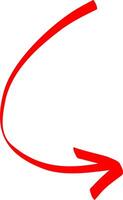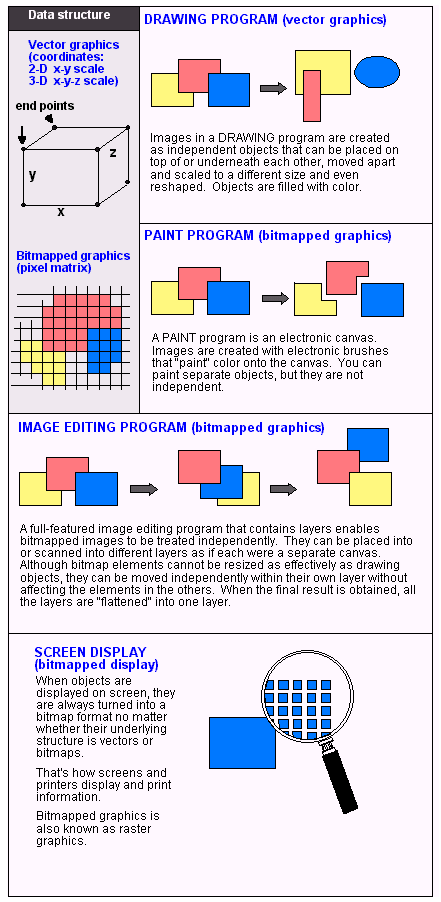What Is Vector Graphics and Why It’s Essential in Printing

Vector graphics are a fundamental component in the world of digital design and printing. Unlike raster images, which are made up of pixels, vector graphics use mathematical equations to create shapes such as lines, curves, and polygons. This unique characteristic allows vector images to be scaled infinitely without any loss of quality, making them indispensable in various printing applications.
Understanding Vector Graphics

Vector graphics are created using points, lines, and curves defined by mathematical formulas. This means that no matter how much you enlarge or reduce the image, it remains crisp and clear. Common file formats for vector graphics include SVG, AI, EPS, and PDF.
Key Features of Vector Graphics:

- Scalability: Vector images can be resized to any dimension without pixelation.
- Editability: Individual elements can be easily modified without affecting the entire image.
- Smaller File Size: Compared to high-resolution raster images, vector files are often smaller and more efficient.
Why Vector Graphics Are Essential in Printing
Printing demands high-quality images that maintain clarity at various sizes. Vector graphics meet these requirements perfectly because:
- High Resolution at Any Size: Whether printing a small business card or a large billboard, vector graphics ensure sharp and clear visuals.
- Color Accuracy: Vector files support precise color management, which is crucial for brand consistency.
- Versatility: They can be used across different printing methods, including screen printing, digital printing, and offset printing.
- Easy Customization: Designers can quickly tweak elements like colors, shapes, and text to suit different print materials.
Comparison: Vector vs Raster Graphics
| Feature | Vector Graphics | Raster Graphics |
|---|---|---|
| Composition | Mathematical paths and shapes | Pixels |
| Scalability | Infinite without quality loss | Loses quality when scaled |
| File Size | Generally smaller | Can be very large |
| Best Use Cases | Logos, icons, typography | Photographs, detailed images |
Practical Applications in Printing
- Logo Design: Ensures logos look perfect on any medium.
- Typography: Crisp and clear text in print materials.
- Illustrations: Detailed artwork that can be resized easily.
- Packaging: High-quality graphics that maintain brand integrity.
Frequently Asked Questions (FAQ)
Q1: Can I convert raster images to vector?
A: Yes, but the process (called vectorization) can be complex and may not always produce perfect results, especially for detailed photographs.
Q2: Are vector graphics compatible with all printers?
A: Most professional printers support vector formats, but it’s always best to check the printer’s specifications.
Q3: What software is used to create vector graphics?
A: Popular software includes Adobe Illustrator, CorelDRAW, and Inkscape.
Vector graphics are a powerful tool in printing, offering unmatched scalability, quality, and flexibility. Understanding their advantages helps designers and businesses produce visually stunning and professional printed materials every time.
